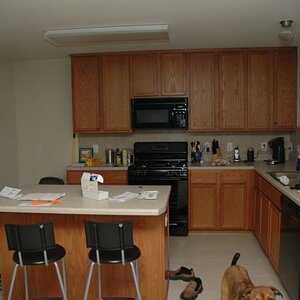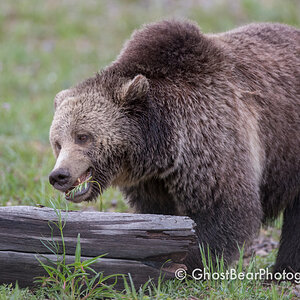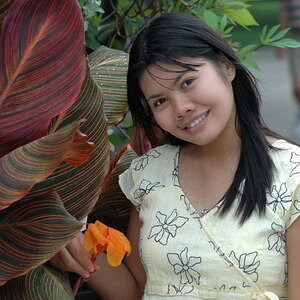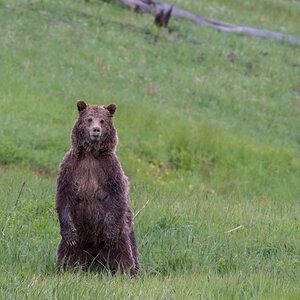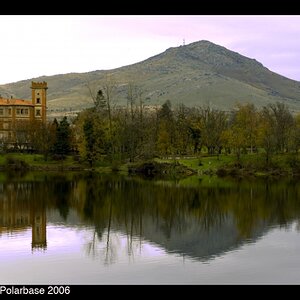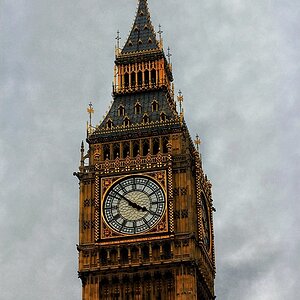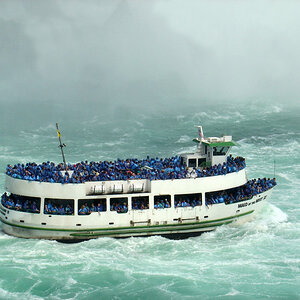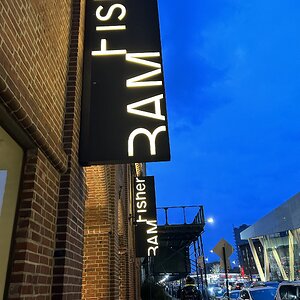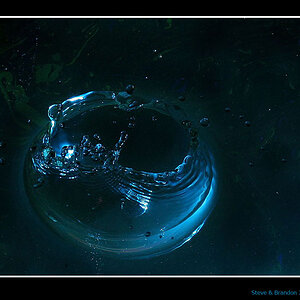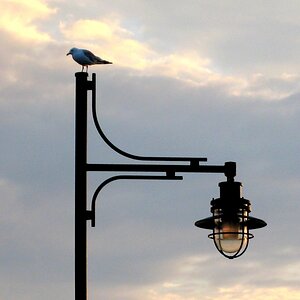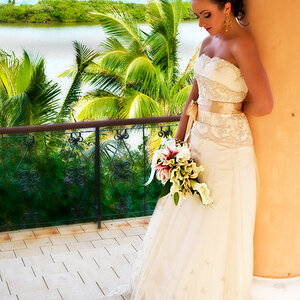GreenNV
TPF Noob!
- Joined
- Feb 4, 2007
- Messages
- 109
- Reaction score
- 1
- Location
- Cape Breton Island, Canada
- Website
- pic7.piczo.com
- Can others edit my Photos
- Photos OK to edit
Hi guys,
I'm really not sure if I'm posting this in the right board so if the moderators here know of a better spot to put this then please feel free to move it. Thank-you! :thumbup:
I am having so much trouble trying to take an indoor picture without having to use flash. My pictures always come out pretty bad UNLESS I use my built-in flash. My nephew will be having his baptism soon and I would love to take some nice pics inside the church but I know unless I use flash (which I don't wanna do because it's way too bright) I don't think I'm going to get any half decent shots. Are there any tips or advice you could offer me in achieving nice indoor pics and also I would love some cool tips, advice, etc...in taking baby baptism photos. I would love to get some nice, unique shots for my brother & his wife of their baby's special day so anything you guys can provide me with would be greatly appreciated. Thanks so much.
I'm really not sure if I'm posting this in the right board so if the moderators here know of a better spot to put this then please feel free to move it. Thank-you! :thumbup:
I am having so much trouble trying to take an indoor picture without having to use flash. My pictures always come out pretty bad UNLESS I use my built-in flash. My nephew will be having his baptism soon and I would love to take some nice pics inside the church but I know unless I use flash (which I don't wanna do because it's way too bright) I don't think I'm going to get any half decent shots. Are there any tips or advice you could offer me in achieving nice indoor pics and also I would love some cool tips, advice, etc...in taking baby baptism photos. I would love to get some nice, unique shots for my brother & his wife of their baby's special day so anything you guys can provide me with would be greatly appreciated. Thanks so much.




